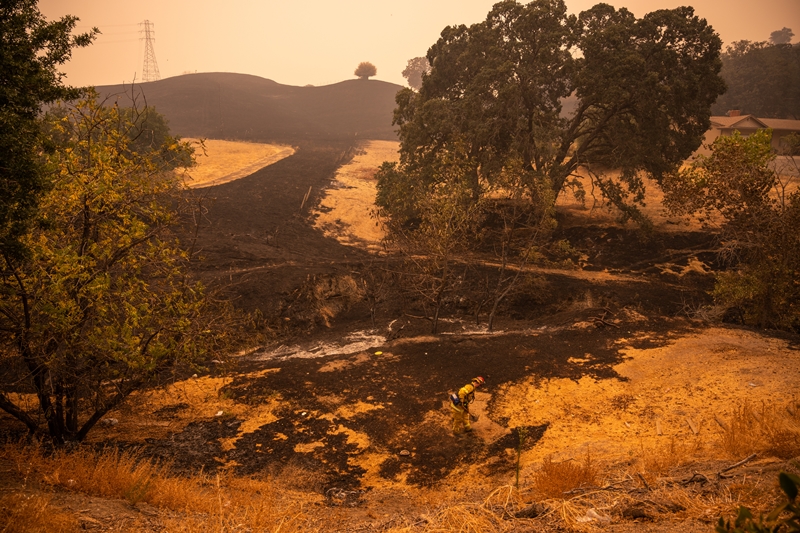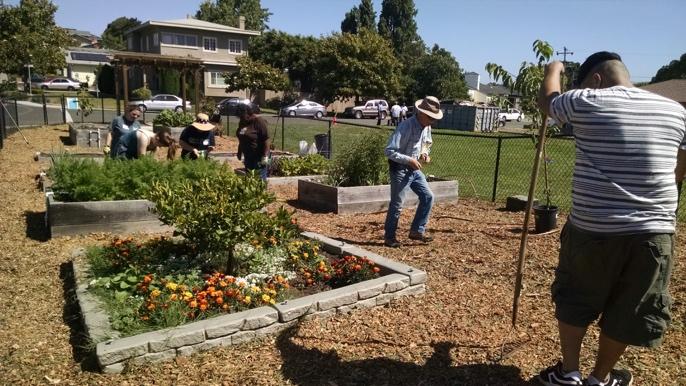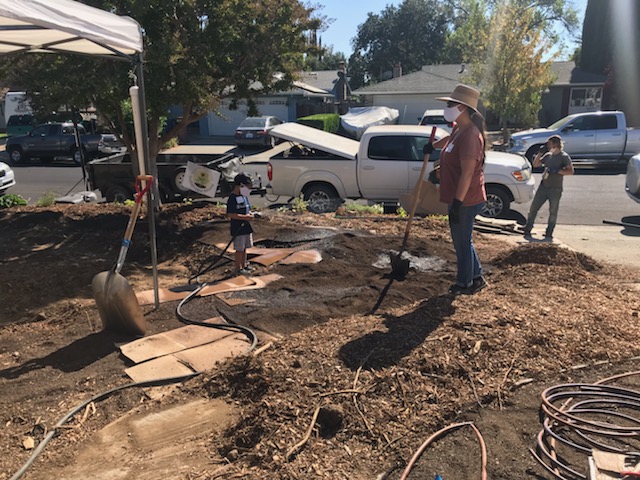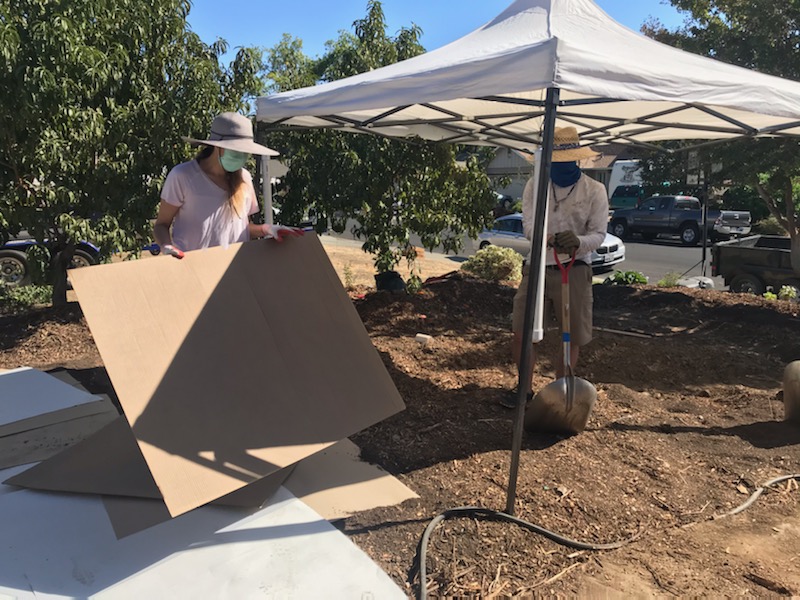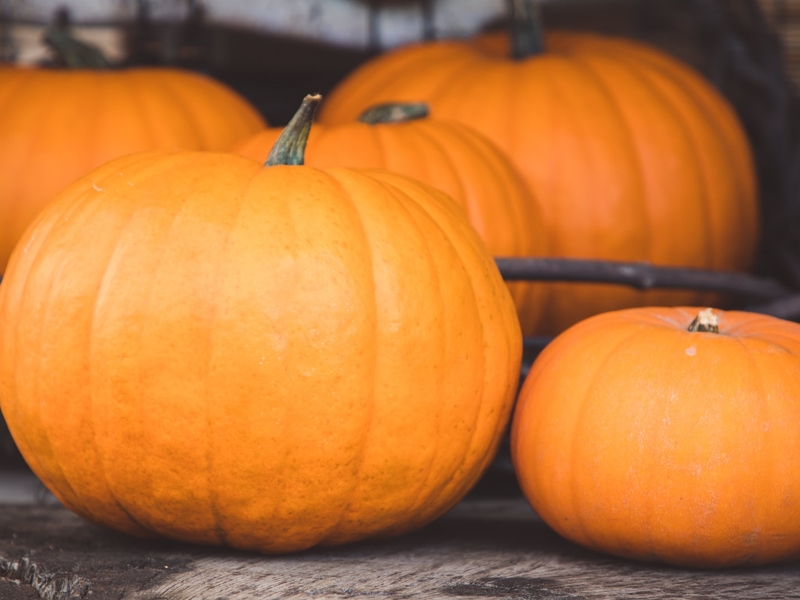Vital Cycles Brings Permaculture Instruction to Solano County
By Anne Freiwald & Lydia Neilsen, Vital Cycles
Vital Cycles is Anne Freiwald and Lydia Neilsen, permaculture educators based in Santa Cruz County. They bring together extensive backgrounds in community health and permaculture education and activism, and have taught classes to our local community through Sustainable Solano.
We are thrilled to be part of the diverse offerings Sustainable Solano provides the community! We have been consistently impressed and inspired by the commitment of Sustainable Solano and the larger community to regenerative practices and community resilience. Join us this January 2021 for Sustainable Solano’s first Permaculture Design Certificate Course (PDC), which we are kicking off with four free introductory classes so you can get to know us and get a taste of what permaculture is all about. See this link for more details.
Our first offering, Permaculture 101: Patterns and Principles, focused on three of our favorite patterns: the meander, dendritic branching and the keyhole bed design. Patterns provide tools for understanding the big picture as well as design ideas to integrate. Permaculture principles represent stories and ways of understanding that offer deeper perspective on how we interpret our landscapes and make design decisions. This shift in thinking is critical to our roles as members of and tenders within the ecosystems we inhabit. Missed this one? Check it out in the video above, or here.
This Saturday, Nov. 7, from 11 am-12:30 pm we will be taking a deep exploration of Soil, Water, and Plants. As gardeners, we are working with these three all the time, but do we really understand the nature of their interactions? How can we honor and enhance their interconnections and synergy on a backyard scale? How do they regulate carbon in our atmosphere and what is their role in maintaining local and global climate? Join us for an integrated perspective and practical examples for working with soil, water and plants, so that we can all move towards dynamic stability through ecological co-creation. Register here.
Our following talks will be on the parallels between our natural and internal worlds, particularly the cycles of sleep and water, and community and the permaculture concept of guilds (plants that work together to support one another). The sleep and water talk will be Dec. 12 and the guilds and community talk on Jan. 9 (registration will open soon). We hope you’ll join us for all of these informative talks and dive deeper into the study of permaculture with the PDC this January in Benicia!

